EquiLearn Meeting the Moment
What Does Freedom of Religion Mean for Students?

Introduction
This module, developed by the Midwest and Plains Equity Assistance Center (EAC), is designed to help educators and school administrators across our 13 state region—and beyond—address and combat religion-based harassment, with a particular focus on creating inclusive environments for students of faith. The content you will engage with today reflects our commitment to educational equity and the protection of students’ rights, rooted in the belief that every child deserves to learn in an environment free from discrimination and harassment.
Objectives:
- Reflect on the ways in which religious hegemony show up in our classrooms and schools.
- Discuss effective ways for supporting Jewish and Muslim students in our educational policies and practices
- Plan ways of establishing and maintaining an equitable space for students of all cultures and religions
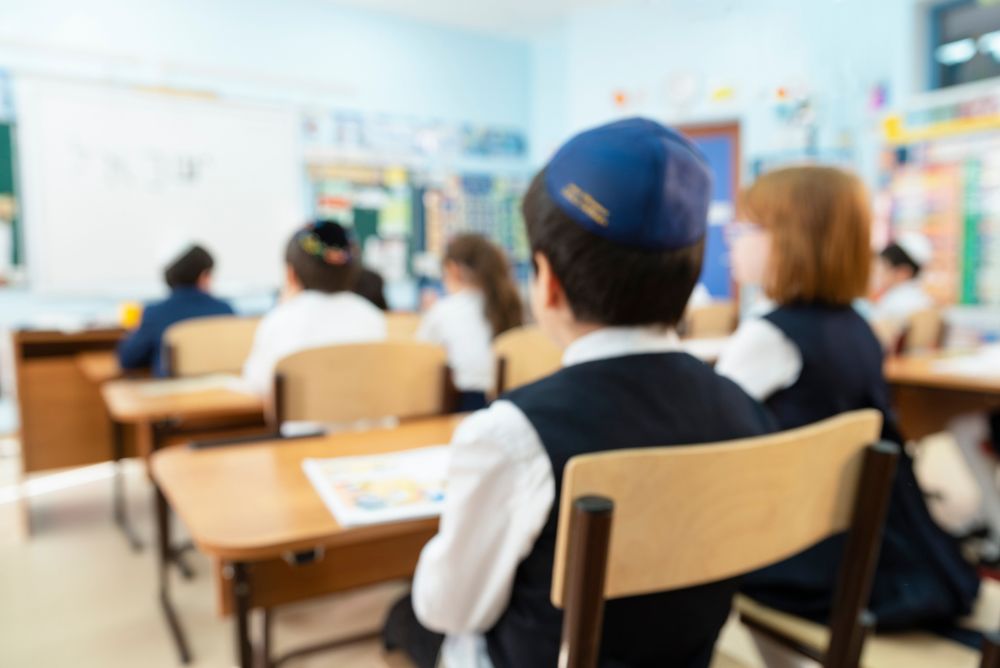

Did You Know?
Students in public schools are legally entitled to an education free from discrimination, including on the basis of religion. The rights students are protected under federal and state laws, which mandate that schools take proactive measures to prevent and address religious harassment. This section explores the policies and practices related to bullying and discrimination, emphasizing why safeguarding these rights is crucial for achieving educational equity.
Laws and Policy
Title IV of the Civil Rights Act of 1964
Title IV authorizes the Attorney General to address certain equal protection violations based on religion, among other bases, in public schools and institutions of higher education. The Educational Opportunities Section works to ensure that all persons regardless of their religion are provided equal educational opportunities. The Section's work includes addressing discrimination and harassment on the basis of religion and spans all religious affiliations.
Title VI of the Civil Rights Act of 1964: Discrimination in Federally Funded Programs
Protects students from race, color, and national origin discrimination. This prohibition encompasses discrimination, including harassment, based on a student’s actual or perceived:
Protects students from race, color, and national origin discrimination. This prohibition encompasses discrimination, including harassment, based on a student’s actual or perceived:
Shared ancestry or ethnic characteristics, or
Citizenship or residency in a country with a dominant religion or distinct religious identity.
Title VI does not protect students from religious discrimination. Other federal civil rights laws, however, which are enforced by other federal agencies, do prohibit religious discrimination in schools, colleges, and universities.
Title VI prohibits discrimination against students of any religion when the discrimination involves:
Racial, ethnic, or ancestral epithets, or slurs
How a person or group looks, dresses, or speaks if linked to ethnicity or ancestry (e.g., skin color, facial features, attire, accent, language spoken)
Potentially or allegedly inherited traits stereotypes about people who share certain ancestral or ethnic characteristics

The Rights of Students
Students, acting on their own, have the same right to engage in religious activity and discussion as they do to engage in comparable secular activities.
Students may offer a prayer or blessing before meals in school or assemble on school grounds for religious purposes to the same extent as other students who wish to express their personal views or assemble with others.
Students may not engage in religious harassment of others or compel other students to participate in religious expression, and schools may control aggressive and unwanted proselytizing.
Schools may neither favor nor disfavor students or groups on the basis of their religious identities.
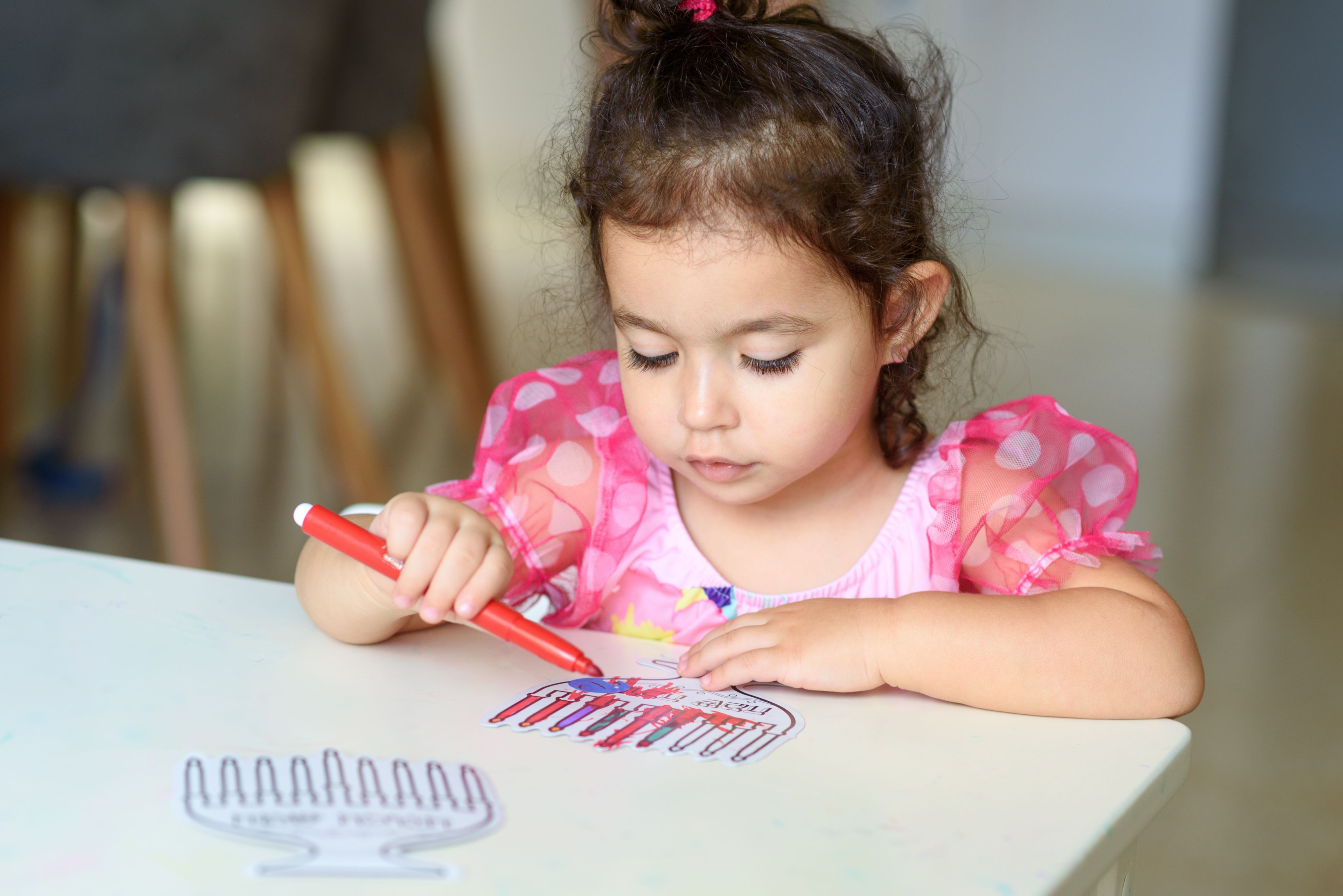
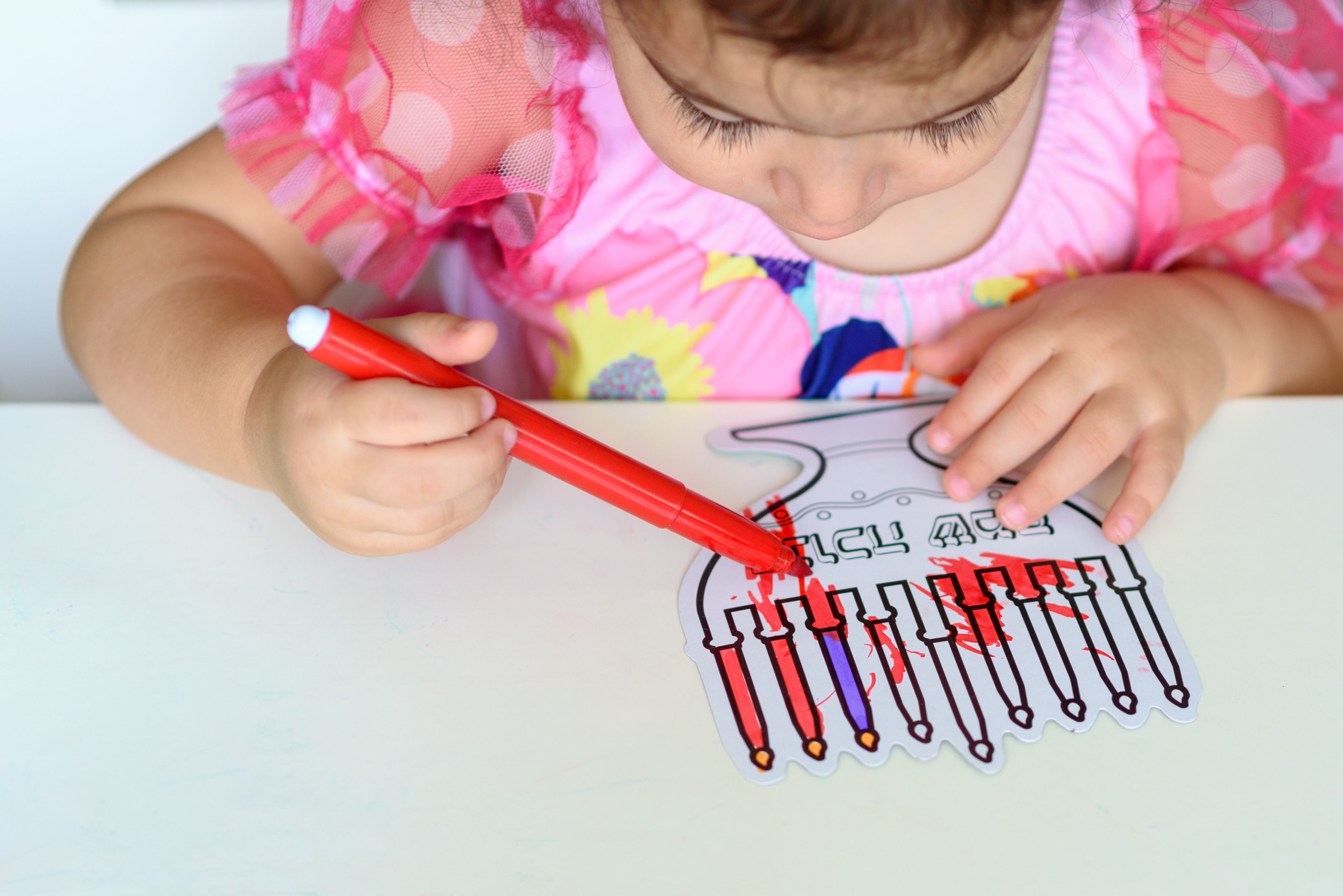
Why it Matters
How Religious Discrimination Affects Students
Religious discrimination in schools does not merely affect academic performance; it can profoundly impact a student’s mental health, sense of belonging, and overall well-being. Muslim and Jewish students, in particular, may face unique challenges, including stereotypes, exclusion, and even violence. This section delves into the real-world consequences of religious discrimination, providing a stark reminder of what is at stake when schools fail to address these issue The Impact of Religious Discrimination on Students and the Role of Schools in Promoting Inclusion
Religious discrimination in schools significantly impacts students, often leading to increased stress, compromised identity development, and long-term mental and physical health issues. Confronting microaggressions and harassment is an all-too-common experience for many religious minority students, and the constant need to defend or justify their beliefs creates a heightened level of stress. As Forrest-Bank and Dupper (2016) point out, religious identity is a key component of youth development. When students feel their beliefs are under attack or invalidated, it can result in a damaged sense of self during these formative years.
Episode four of the MAP Center’s Antiracist Vodcast Series focuses on Antiracism Conversations at the Intersections. This episode focuses on the importance of anti-racist practices considering other intersecting oppressed identities including national origin, religion, sexual orientation, gender non-conformity, and dis/ability.
The effects of religious discrimination extend far beyond the classroom, impacting students' health over their lifetimes. Research has linked experiences of religious discrimination with increased anxiety, psychological distress, reduced life satisfaction, and lower self-esteem among Muslim students, for example (Scheitle et al., n.d.). These effects accumulate over time, and repeated exposure to discrimination is strongly correlated with poorer mental health outcomes. The psychological toll of discrimination is also linked to poorer physical health outcomes, as chronic stress weakens the body’s systems, leading to long-term consequences like cardiovascular disease and other health problems.
Five Faces of Religious Oppression
Blumenfeld, W. J. (2006). Christian privilege and the promotion of ‘secular’ and not-so ‘secular’ mainline Christianity in public schooling and in the larger society. Equity & Excellence in Education 39(3), 195-210. https://doi.org/10.1080/10665680600788024
Christian privilege in the United States grants unearned advantages to Christians while marginalizing those from other faiths or non-believers. This privilege is often unnoticed by those who hold it, as Warren Blumenfeld describes in his concept of an "invisible knapsack." He outlines five key ways this oppression manifests: powerlessness, exploitation, marginalization, Cultural Imperialism and Violence. He argues that religion, particularly Christianity, often permeates various aspects of school life—sometimes in ways that go unnoticed. From the academic calendar that aligns with Christian holidays to the prevalence of Christmas music and decorations, these elements reflect a broader societal norm that can inadvertently marginalize non-Christian students. In this section, we explore how Christian privilege manifests in schools and the subtle ways it can contribute to exclusion of students who practice other faith traditions.
"Christian privilege as constituting a seemingly invisible, unearned, and largely unacknowledged array of benefits accorded to Christians, with which they often unconsciously walk through life as if effortlessly carrying a knapsack tossed over their shoulders. This system of benefits confers dominance on Christians while subordinating members of other faith communities as well as non-believers. These systemic inequities are pervasive throughout the society. They are encoded into the individual’s consciousness and woven into the fabric of our social institutions, resulting in a stratified social order privileging dominant (“agent”) groups while restricting and disempowering subordinate (“target”) groups" (Blumenfield, 2006; p. 24)


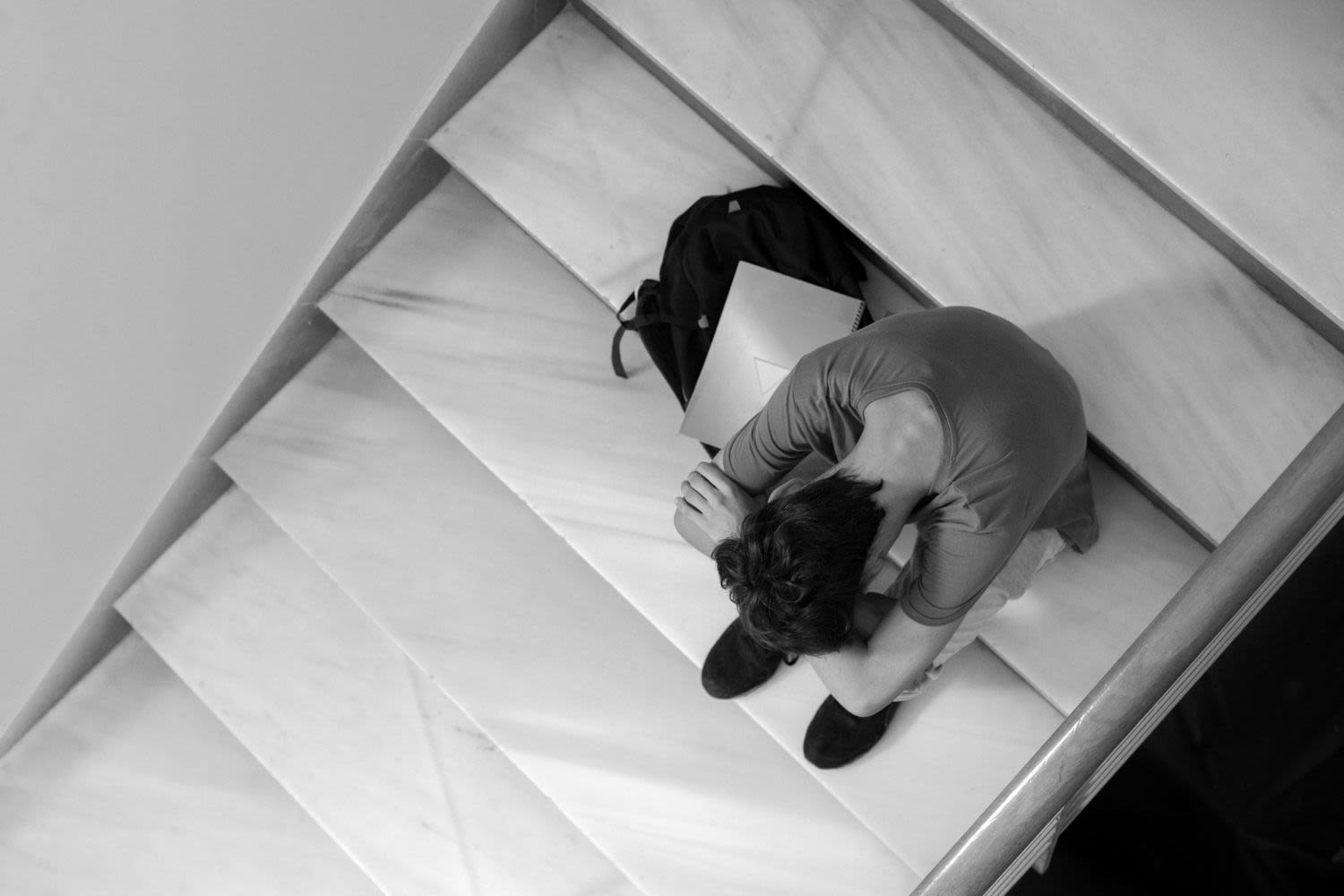
Powerlessness
Religious powerlessness dates back to colonial times when European settlers imposed their Christian beliefs on Indigenous populations. Although the Pilgrims sought freedom from persecution, they denied it to others by establishing their own version of Christianity as dominant. This dynamic continued throughout U.S. history, with events like the internment of Japanese Americans during WWII, many of whom were Buddhist, highlighting the vulnerability of non-Christian groups.
Exploitation
Exploitation refers to the use of one group’s labor for the benefit of another, blending religious and racial oppression. In colonial America, white Christian power structures justified slavery by portraying Africans as “heathens,” with religious leaders offering scriptural support for the practice. Manifest Destiny, rooted in Christian beliefs, justified the displacement of Indigenous peoples, intertwining religious expansion with American political and economic growth.
Marginalization
Marginalization occurs when groups are excluded from meaningful participation in society. In schools, Christian privilege manifests through curricula centered on Christian holidays, heroes, and values, with little to no representation of other faiths. Non-Christian students may struggle to find accommodation for religious observances, such as Muslims needing spaces for prayer or Jewish students seeking permission to attend services during major holidays. This exclusion reinforces Christian dominance in educational environments.


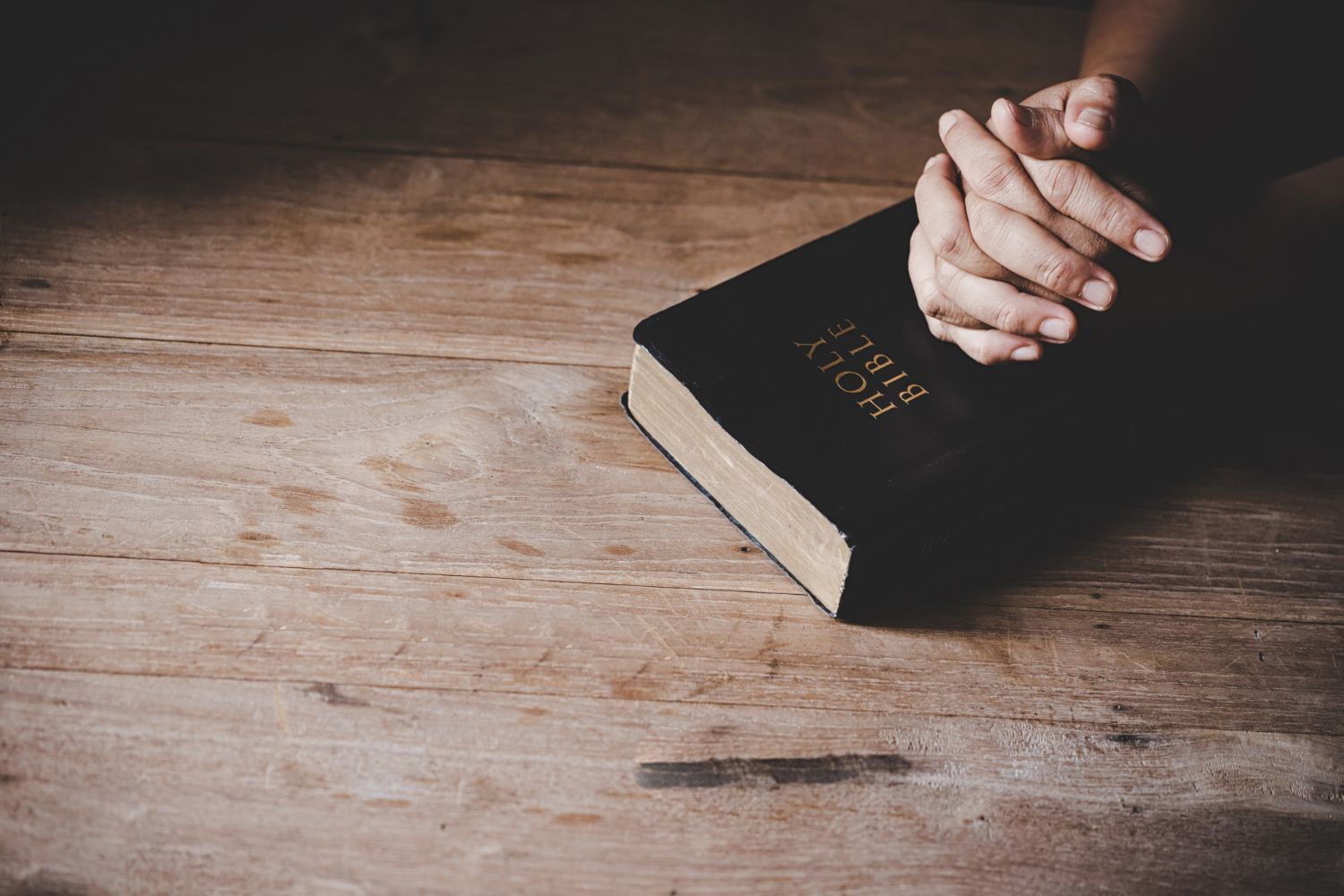
Cultural Imperialism
Cultural imperialism imposes Christian norms as societal standards, universalizing Christian experiences. For instance, the academic calendar revolves around Christian holidays like Christmas and Easter, while public spaces prominently feature Christian symbols. The forced assimilation of Indigenous children in boarding schools, where they were stripped of their languages and spiritual traditions, reflects this imposition of Christian values over Indigenous cultures.
Violence
Religious violence, fueled by xenophobia and hatred, has historically targeted those seen as deviating from Christian norms. From the persecution of Jews and Quakers in colonial times to the rise in hate crimes against Muslims, Sikhs, Hindus, and Jews post-9/11, religious minorities face a constant threat. This violence underscores the deep connections between power, privilege, and oppression, as marginalized religious groups are subjected to both physical harm and systemic exclusion.
These five faces of Christian privilege reveal how deeply religious dominance is embedded in U.S. institutions and society, perpetuating oppression and inequality for non-Christian communities.
What’s at Stake for Schools and Educators?
Cultural and Religious Inclusion
Schools have the power to be transformative spaces, where inclusivity, safety, and support are foundational principles. Educators can create environments where students are encouraged to appreciate differences and develop the knowledge and skills necessary to become positive global citizens. In doing so, schools play a critical role in advancing a just and equitable society. When students feel valued and understood, they are more likely to thrive academically, socially, and emotionally. Educators are tasked with fostering this atmosphere of acceptance, where diverse cultural and religious identities are celebrated rather than marginalized.
Cultural and Religious Hegemony
Conversely, schools can also become spaces where harm is perpetuated and prejudice is reinforced. If left unchecked, they may become breeding grounds for bigotry, where dominant cultural and religious beliefs are reproduced and validated at the expense of minority perspectives. When this happens, schools fail in their mission to nurture well-rounded, compassionate citizens. Instead, they reinforce oppressive systems and practices, further marginalizing already vulnerable students. Educators must be aware of this potential and work actively against it by challenging their own biases and creating curricula that are inclusive of all students, regardless of their religious background.
By acknowledging the harmful effects of religious discrimination and taking concrete steps toward cultural and religious inclusion, educators can play a pivotal role in ensuring that schools become places where all students can succeed and feel valued.


For Equity Now
Christian Hegemony in Schools: Manifestations and Strategies for Inclusivity
Christian hegemony—the dominance of Christian beliefs, values, and practices—manifests in various aspects of school life, often to the detriment of students from other religious backgrounds. Schools, as powerful social institutions, often inadvertently perpetuate Christian norms in their curricula, calendars, celebrations, and policies, leaving students of other faiths marginalized. Recognizing and addressing this dominance is crucial for educators who want to foster inclusive environments where students of all faiths feel safe, valued, and respected.
School Calendars and Holidays
One of the most visible ways Christian hegemony is reflected in schools is through the academic calendar. Most schools in the United States are organized around Christian holidays, with breaks for Christmas and Easter, and no accommodations for holidays from other religious traditions. While students and staff celebrate Christmas with time off and special events, students from other faiths, such as Judaism, Islam, Hinduism, or Sikhism, often have to request special permission to take time off for their holidays. This reinforces the notion that Christian practices are “normal” and other religious observances are exceptions or inconveniences.
Religious Freedom and Discrimination in Education - Rodney S. Whiteman, Jamie LeSense, Juhanna Rogers, Seena Skelton, Kathleen King Thorius
Educators and administrators can actively work toward inclusive calendar planning by acknowledging and accommodating the religious holidays of all students. Schools can:
- Create flexible attendance policies that allow students to observe their religious holidays without penalty.
- Recognize religious holidays in school communications, acknowledging significant celebrations across various faiths.
- Host multicultural celebrations that reflect the diversity of student populations, incorporating traditions from a variety of faiths.
Classroom Curriculum
Christian hegemony is also present in classroom curricula, particularly in history and literature lessons, where Christian experiences and perspectives are often centered while those of other faiths are minimized or excluded. For example, European Christian history is frequently portrayed as the dominant narrative, with little to no emphasis on the religious contributions and experiences of other cultures. Religious themes in literature may focus on Christian traditions, while students from non-Christian backgrounds rarely see their religious identities reflected in classroom materials.
Educators can adopt inclusive teaching practices by:
- Diversifying the curriculum to include the contributions and histories of people from a variety of religious backgrounds, such as Muslim, Jewish, Hindu, and Buddhist perspectives, along with indigenous spiritual traditions.
- Incorporating religious diversity into literature selections so that students can explore and discuss the spiritual and cultural values of different faiths.
- Encouraging student-led projects that allow students to share their own cultural and religious identities with their peers in meaningful ways.
School Events and Symbols
School events and symbols, such as Christmas parties, nativity scenes, or the singing of Christmas carols, are common manifestations of Christian hegemony. While these traditions are familiar and meaningful to Christian students, they can alienate students of other faiths. Public school spaces are often adorned with Christian symbols during the holiday season, and religious music or imagery may be featured in school concerts or events. These practices not only privilege Christian students but also create a sense of exclusion for those who do not share these beliefs.
To ensure that school events and symbols are inclusive of all students:
- Plan culturally diverse school events that celebrate the many faith traditions represented by the student body. Winter celebations, for example, could feature traditions from Hanukkah, Kwanzaa, Diwali, and Eid alongside Christmas.
- Create neutral spaces during holiday seasons by focusing on themes of peace, community, and goodwill, rather than specifically Christian imagery.
- Encourage student participation in planning multicultural events that reflect the religious and cultural diversity of the school.
Policies Around Dress Codes and Religious Expression
Christian hegemony can also be seen in school policies that limit or fail to accommodate the religious expression of students from other faiths. For example, Muslim students who wear hijabs or Jewish students who wear kippahs may face challenges if dress codes are not inclusive of religious attire. Students may also struggle to find appropriate times or spaces to engage in religious practices, such as daily prayers for Muslim students. When schools do not account for these needs, they implicitly communicate that Christian norms, which often require little accommodation, are the default.
Inclusive policies around dress codes and religious expression can be implemented by:
- Allowing for religious accommodations in dress codes that respect the faith-based attire of all students.
- Providing spaces for prayer or meditation for students who need a quiet place to observe their religious practices during the school day.
- Educating the school community about the significance of religious attire and practices so that students are not subjected to discrimination or bullying based on their appearance or rituals.
Teacher and Staff Training
One of the most powerful ways Christian hegemony perpetuates itself is through a lack of awareness among educators and staff. Many teachers may unintentionally reinforce Christian norms because they have never been trained to recognize how these norms manifest in school settings. Without this awareness, teachers may overlook or misunderstand the needs of students from diverse religious backgrounds.
To address this, schools should invest in ongoing professional development for educators by:
- Providing professional leading on culturally-sustaining practices that specifically addresses religious diversity and Christian hegemony in schools.
- Encouraging teachers to reflect on their own biases and assumptions about religion, and how these may influence their interactions with students.
- Fostering an open dialogue about religion in staff meetings, helping educators become more aware of the diverse needs of their students and the importance of creating inclusive learning environments.
Conclusion: Moving Toward Religious Inclusivity in Schools
Christian hegemony, while often invisible to those within the dominant group, can create significant barriers to inclusion and equity for students from other faiths. By recognizing how Christian norms manifest in calendars, curricula, events, and policies, educators can take meaningful steps toward fostering inclusive school environments. Schools should be places where all students feel respected and valued, regardless of their religious background. Through intentional planning, open dialogue, and inclusive practices, educators can ensure that students of all faiths have the opportunity to thrive academically, socially, and emotionally.
To create more equitable and inclusive schools, it is essential for educators to recognize and address the ways in which Christian privilege manifests in both subtle and overt forms. From the design of curricula to the scheduling of school calendars, Christian norms have been institutionalized, often to the detriment of students from other faiths. By promoting a more inclusive educational environment, one that values and incorporates diverse religious perspectives, teachers can help dismantle the structures of oppression that have historically marginalized non-Christian communities. Understanding and addressing the impacts of Christian privilege is a crucial step in fostering a truly inclusive and respectful learning environment for all students.
As we conclude this session, it is essential to reflect on the critical role that educators and school administrators play in combating religion-based harassment. By recognizing and addressing the dynamics of religious privilege and oppression, we can create schools that are not only safe and inclusive but also truly equitable for all students.







